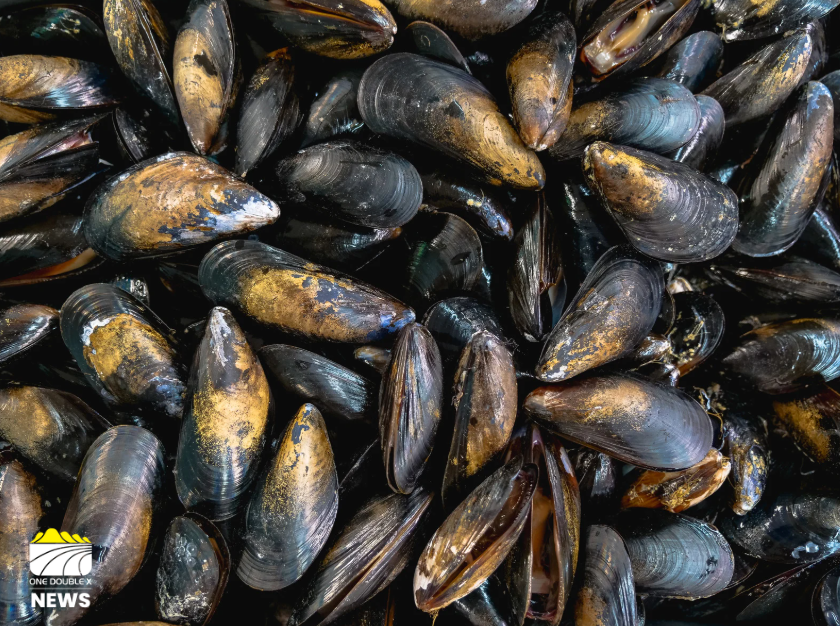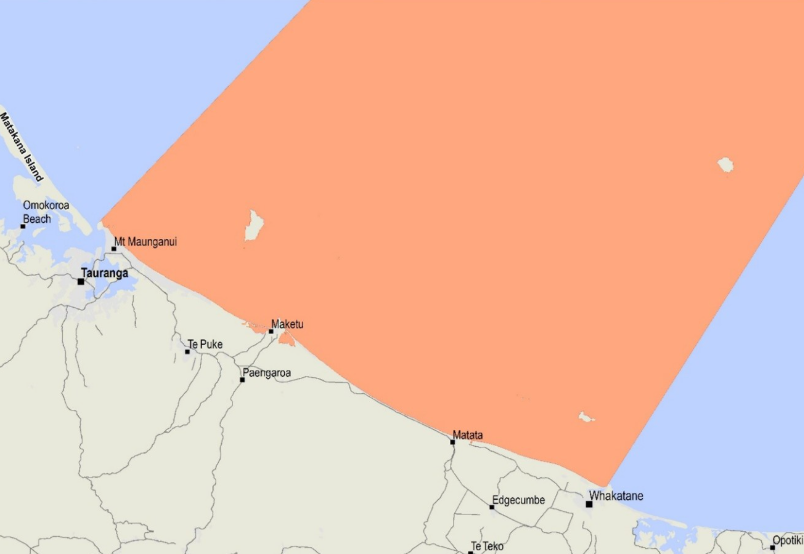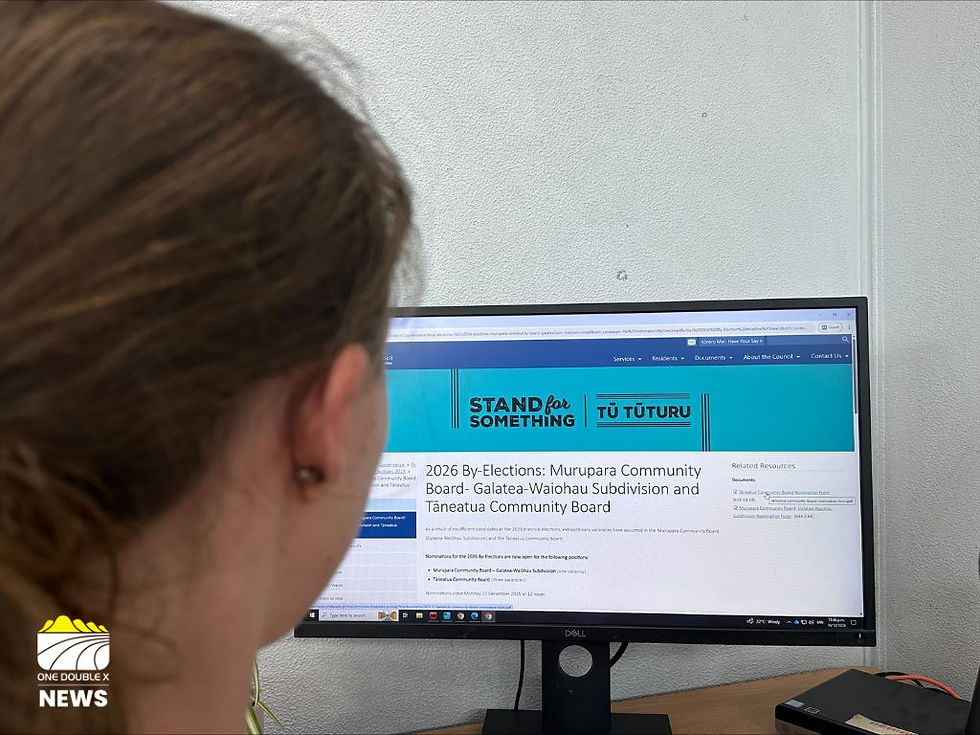Toxic Shellfish Warning Issued for Bay of Plenty Coastline
- Holly Grundy

- Aug 14
- 2 min read

The Ministry for Primary Industries (MPI) and New Zealand Food Safety have issued an urgent public health warning advising people not to collect or consume shellfish from the Bay of Plenty coastline, specifically from Whakatāne to Mount Maunganui.
New Zealand Food Safety Deputy Director-General Vincent Arbuckle says the warning follows routine testing that revealed dangerous levels of paralytic shellfish poisoning (PSP) toxins in shellfish collected from the area.
“Routine tests on tuatua from the location have shown levels of paralytic shellfish toxin over the safe limit,” Arbuckle said. “Please do not gather or eat shellfish from this area, anyone doing so could become seriously ill.”

The affected shellfish include mussels, oysters, tuatua, pipi, toheroa, cockles, scallops, pūpū (cat’s eyes), and Cook’s turban. Cooking the shellfish does not remove the toxin.
The toxins are linked to a spreading algal bloom. As shellfish feed by filtering water, they can accumulate high levels of the toxin in their gut and flesh. The more algae present, the more dangerous the shellfish become.
Symptoms of paralytic shellfish poisoning usually appear within 10 minutes to 3 hours after eating contaminated shellfish. These may include:
Numbness or tingling around the mouth, face, hands, or feet
Difficulty swallowing or breathing
Dizziness and headache
Nausea, vomiting, and diarrhoea
In severe cases: paralysis, respiratory failure, or death
Pāua, crab, and crayfish may still be eaten if the gut is completely removed before cooking, as toxins concentrate in the gut. Finfish are not affected, but as a precaution, authorities recommend gutting them and discarding the liver.
So far, no illnesses have been reported. However, if anyone becomes sick after eating shellfish from the area, they should call Healthline on 0800 61 11 16 or seek medical attention immediately. People are also encouraged to contact their local public health unit and keep any leftover shellfish for possible testing.
“We are monitoring the situation closely and will notify the public of any changes,” Arbuckle said.



